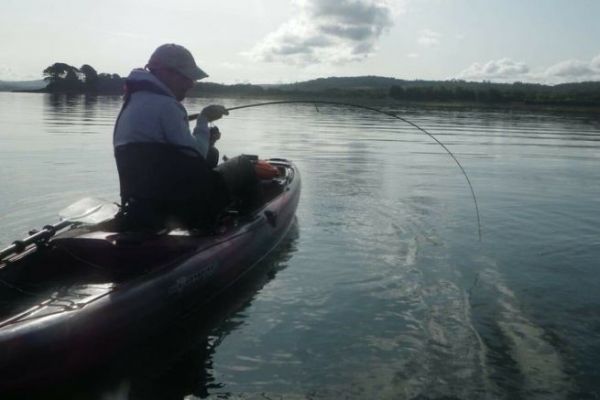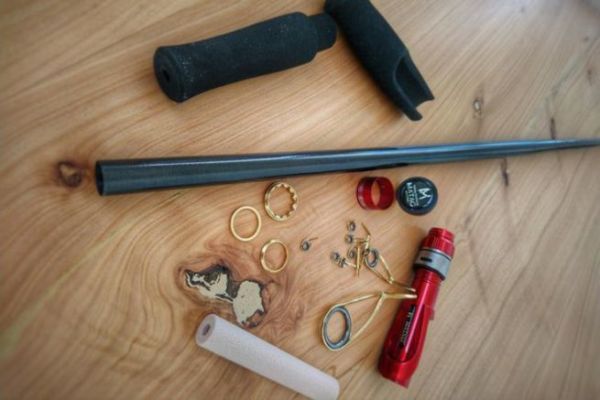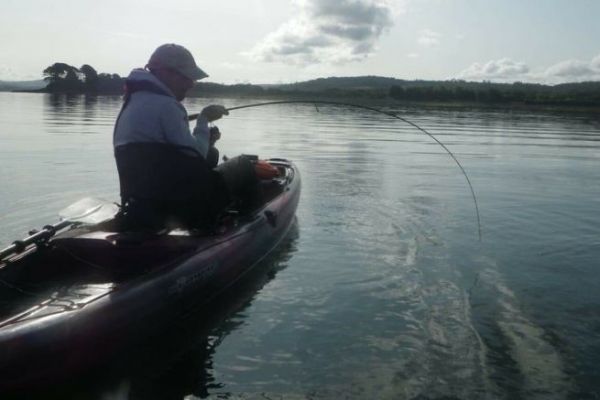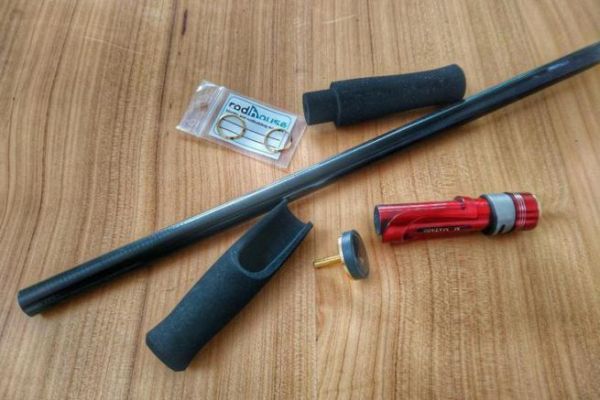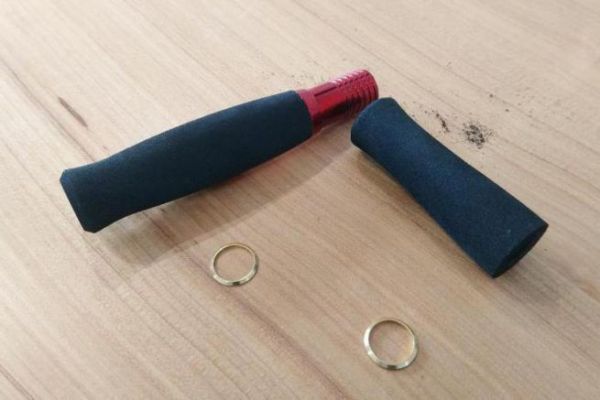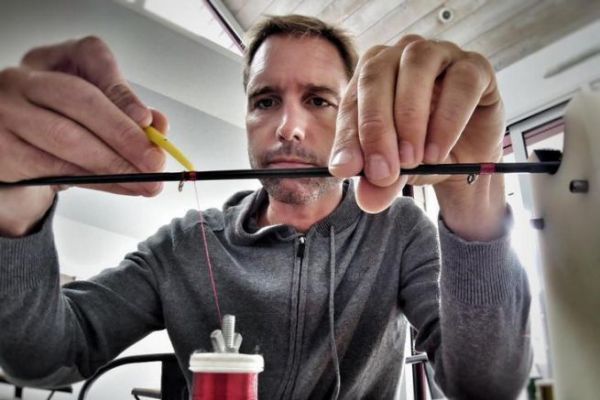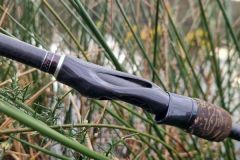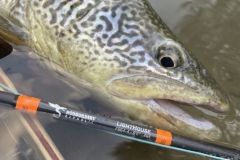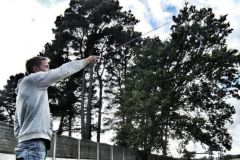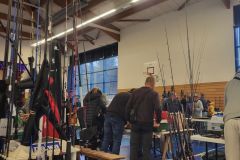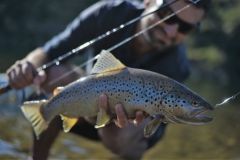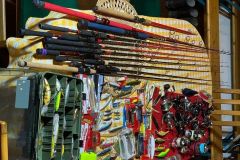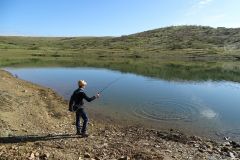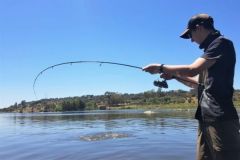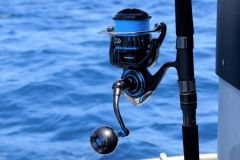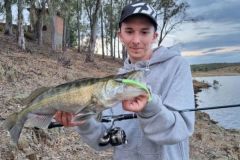Here's rodbuilding's second DIY fishing rod tutorial. After making the reel seat now we can concentrate on the rod blank.
A natural sense of work
Because of its structure, a blank has a hard point where the carbon sheet overlaps, which affects its behavior. In fact, a flexing blank will always want to work in the same direction and flex along the same axis. This is called the blank's "natural working direction" or "spine" or "nerve". It is therefore important to set up your rod in this direction to gain precision when casting and stability when fighting.
Flat
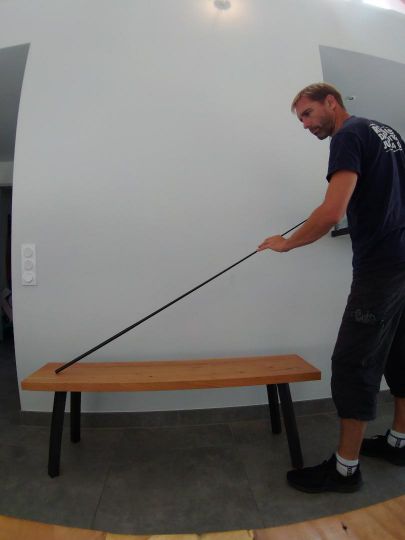
The carbon sheet that makes up the blank therefore overlaps at a precise point, resulting in a hard point, but also in extra thickness and therefore greater weight. You'll notice that if you leave your blank on a table or simply hold it in your hand, butt on the ground, it will always stabilize in the same orientation... Simply because of the difference in mass, imperceptible to us but not to Newton! As a general rule, this orientation corresponds to the spine.
Bending
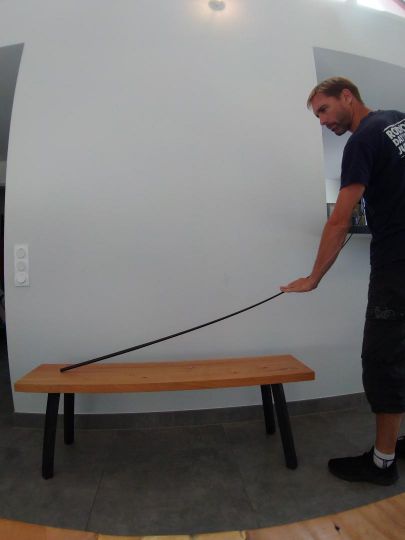
To determine the blank's nerve, simply pressurize the blank and let it work as it pleases... Hence the name "natural working direction".
- Place the butt of your blank on the floor or on a table.
- Let the blank rest freely in your hand.
- With your other hand, compress it, i.e. press on it to bend it.
- Your blank will then turn on itself to flex in the direction that suits it best... This direction will always be the same.
- Once flexed, try to roll the blank on itself. If it's firmly on the spine, it will be locked and no rotation will be possible.
Occasionally, you may find a second thorn. As a rule, this is opposite to the first and has no effect on the behavior of the blank. In this case, you should choose the most pronounced.
The white pencil
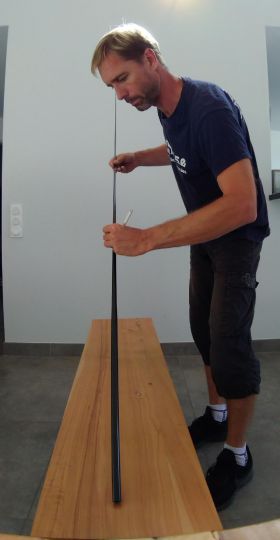
At this point, release the bending of the blank and, using a grease pencil (the famous white pencil), draw a line along the blank to materialize this natural working direction and then glue the reel seat in the correct orientation.
Check it out...

To be sure, simply take your blank in any position and press it again to check that the spine found is correct. Personally, I like to do this step with my eyes closed.
Nerves found, all that's left to do is assemble...
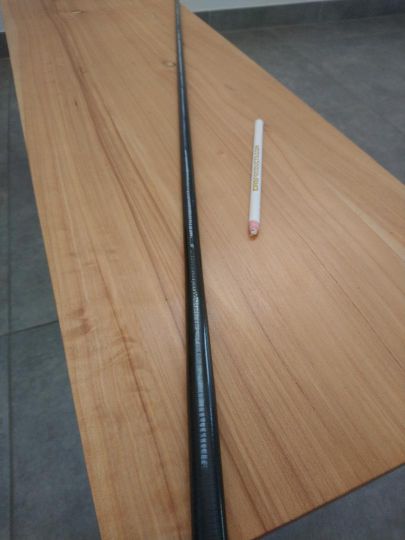
Now that we've found the cane's spine, we can start assembling it. This extremely simple and important operation of finding the spine will have taken you 2 to 3 minutes. It now ensures that you have a fishing rod that works in a natural way, with all its components glued and tied in the same way.
Casting or spinning?
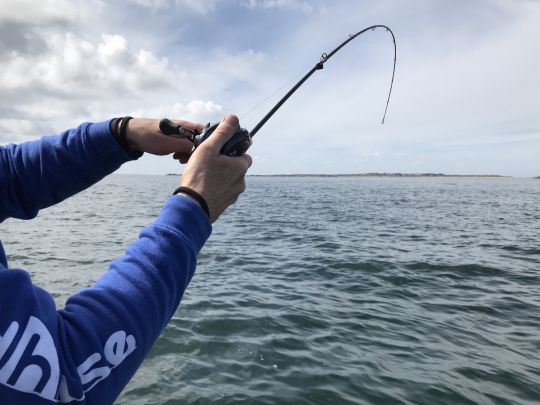
For spinning, you'll need to glue the reel seat and tie the rings along the spine of your blank. (As in the photo above).
In casting, the opposite is true: the reel seat and the first ring (at least...) must be installed on the outside of the blank curve (visible in the opening photo)
